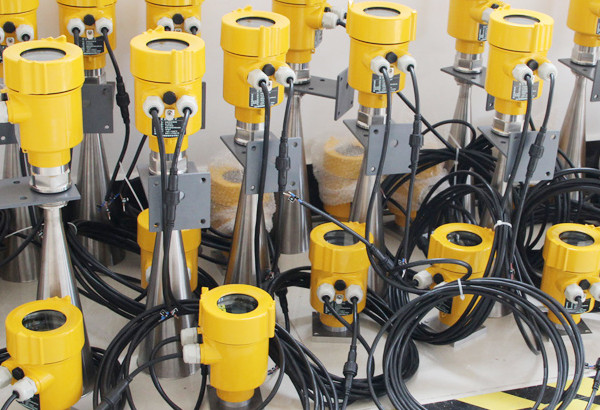Radar level meter in the use of the process will inevitably appear some problems, this time needs to be through a professional and reasonable solution by means of debugging and other means to allow the normal operation of the instrument, accurate measurement. Today, I have summarized some common problems in the measurement of radar level meters, as well as solutions.

First, the installation and commissioning of the new table, to ensure that the installation position is correct, wiring to ensure that the line from the junction is downward bending to prevent water flow into the table head, the best empty tank for false echo storage, to determine whether the radar is normal according to the waveform.
Second, some sites need to set the high level, you need to communicate with the site to set, the range of the central control or secondary table to be consistent with the low level of the table minus the high level if the parameters are corresponding to still almost can let the central control for secondary bias.

Third, if the site radar has no waveform or the curve is not a normal response is slow, and there may be a problem with the site voltage, first determine the site voltage and radar output current.
Fourth, if the radar shows E14, the radar does not measure the distance, and the value shown above is definitely not correct. At this point, you need to determine what the problem is according to the waveform. If there is no signal, there is a possibility that the range is not enough to increase the range to observe, if it is still useless, you can restart it, if the conditions allow, you can also take out the radar to try against other places.
Fifth, installed on the site with a waveguide tube, the general waveform is more chaotic, you need to set the waveguide tube option, you need to turn the flange until the waveform is better to stop, and it is best to learn the false echo when the material is less.
